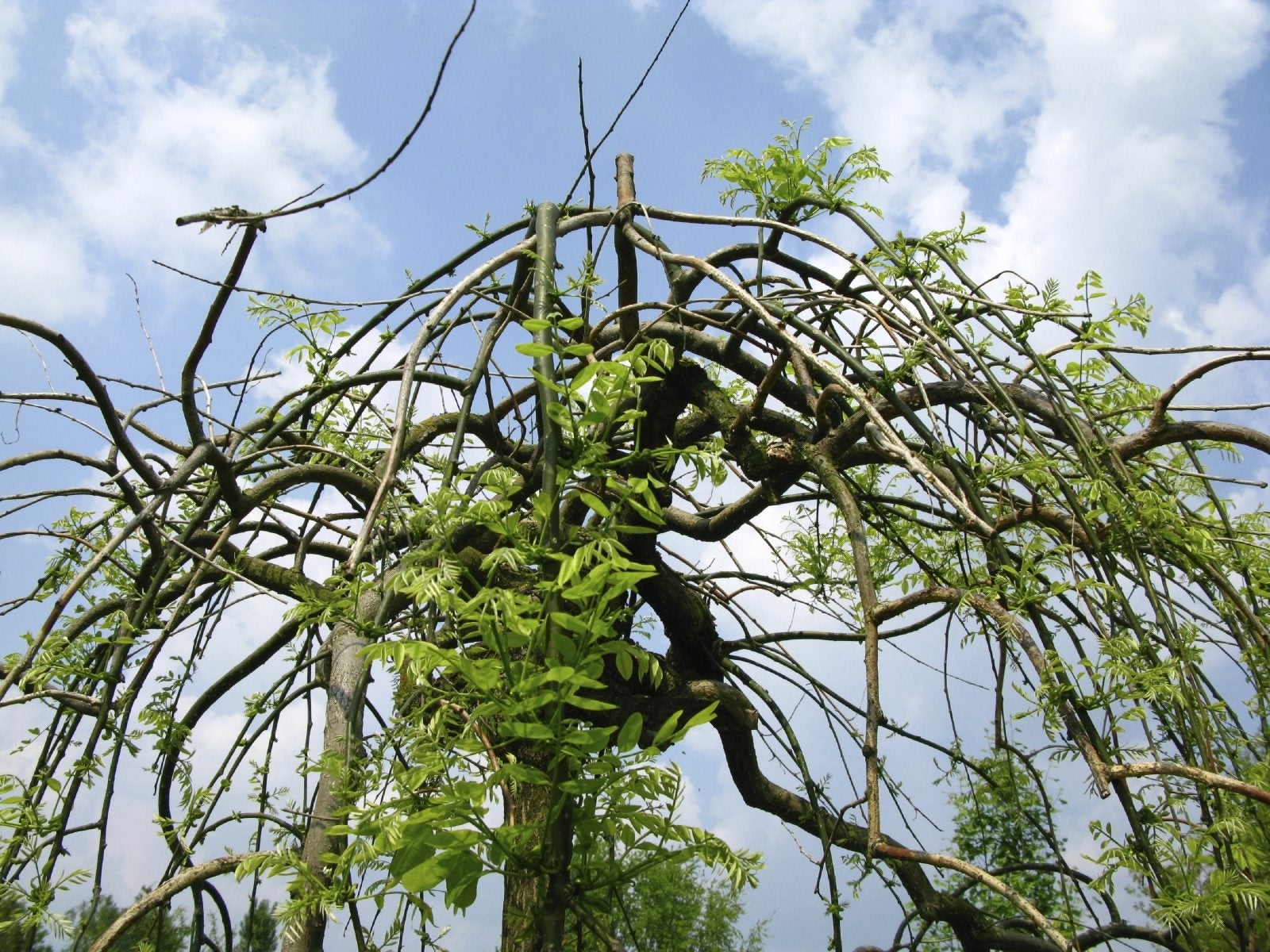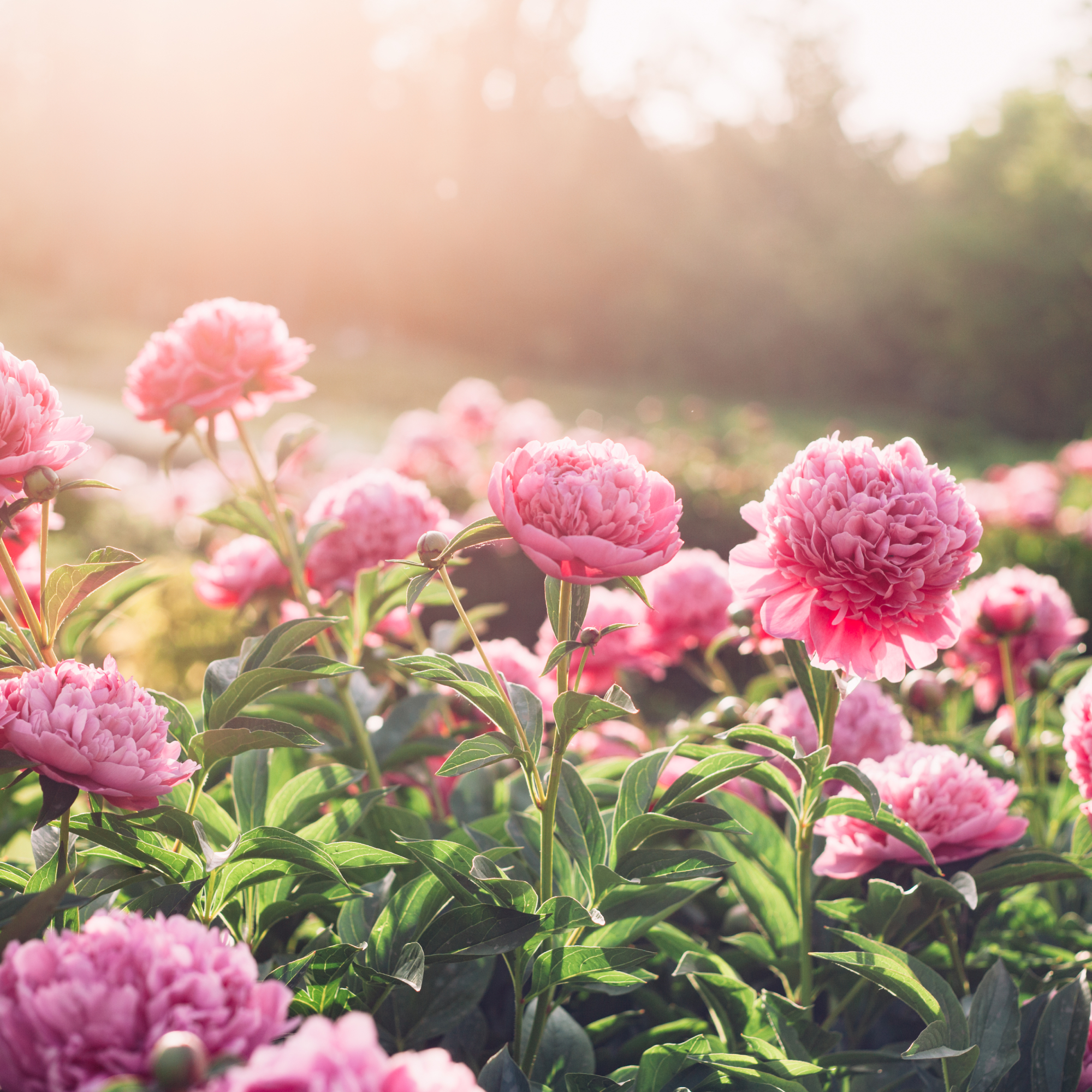Pagoda Tree Info: Tips On Growing Japanese Pagodas


The Japanese pagoda tree (Sophora japonica or Styphnolobium japonicum) is a showy little shade tree. It offers frothy flowers when in season and fascinating and attractive pods. The Japanese pagoda tree is often called the Chinese scholar tree. This seems more appropriate, despite the Japanese reference in its scientific names, since the tree is native to China and not Japan. If you would like more pagoda tree info, read on.
What is Sophora Japonica?
If you have not read much pagoda tree info, it is natural to ask, “What is Sophora japonica?” Japanese pagoda tree is a deciduous species that grows quickly into a 75 foot (23 m.) tree with a broad, rounded crown. A delightful shade tree, it doubles as an ornamental in the garden. The tree is also used as a street tree since it tolerates urban pollution. In this type of location with compacted soil, the tree rarely rises above 40 feet (12 m.) tall. The leaves of the Japanese pagoda tree are especially attractive. They are a bright, happy shade of green and reminiscent of a fern leaf since each is composed of a grouping of some 10 to 15 leaflets. The foliage on this deciduous tree turns a brilliant yellow in autumn. These trees won’t flower until they are at least a decade old, but it is well worth the wait. When they do begin flowering, you will enjoy the upright panicles of white, pea-like flowers that grow at the branch tips. Each panicle grows up to 15 inches (38 cm.) and exudes a light, pretty fragrance. Bloom season begins in late summer and continues through fall. The blooms stay on the tree for about a month, then give way to the seed pods. These are attractive and unusual pods. Each ornamental pod is about 8 inches (20 cm.) long and looks like a string of beads.
Growing Japanese Pagodas
Growing Japanese pagodas is only feasible if you live in USDA plant hardiness zones 4 through 8. Japanese pagoda care is much easier if you plant these trees in the correct zone. If you want the ideal location for this tree, plant it in full sun in soil that is rich in organic content. The soil should drain extremely well, so choose sandy loams. Provide moderate irrigation. Once the Japanese pagoda tree is established, it requires little effort on your part to thrive. Its lovely leaves are pest-free, and the tree tolerates urban conditions, heat, and drought.
Gardening tips, videos, info and more delivered right to your inbox!
Sign up for the Gardening Know How newsletter today and receive a free copy of our e-book "How to Grow Delicious Tomatoes".

Teo Spengler is a master gardener and a docent at the San Francisco Botanical Garden, where she hosts public tours. She has studied horticulture and written about nature, trees, plants, and gardening for more than two decades. Her extended family includes some 30 houseplants and hundreds of outdoor plants, including 250 trees, which are her main passion. Spengler currently splits her life between San Francisco and the French Basque Country, though she was raised in Alaska, giving her experience of gardening in a range of climates.
-
 Do Deer Eat Peonies? How To Keep Them Away And Save Your Gorgeous Blooms
Do Deer Eat Peonies? How To Keep Them Away And Save Your Gorgeous BloomsPeonies are not usually favored by deer, but sometimes they go after the young shoots of the plants anyways. Learn how to keep deer away from beautiful blooms.
-
 15 Best Vegetables To Plant In May For A Summer Bounty Of Fresh Homegrown Produce
15 Best Vegetables To Plant In May For A Summer Bounty Of Fresh Homegrown ProduceGet planting your dream garden with these best vegetables to start in May – including options for direct sowing, indoor seed-starting, and planting seedlings.